M
michael97Sep 14, 2025
What to do if protective function prevents Mitsubishi Electric 800 Inverter operation?
- JJudy HendersonSep 14, 2025
Reset the Mitsubishi Electric Inverter to restart the operation.








What to do if protective function prevents Mitsubishi Electric 800 Inverter operation?
Reset the Mitsubishi Electric Inverter to restart the operation.
What to do if Mitsubishi Electric 800 Inverter shows fault or alarm?
When a protective function activates, take appropriate corrective action. After that, reset the Mitsubishi Electric Inverter and resume operation.
How to retain fault output signal in Mitsubishi Electric 800 Inverter?
To retain the fault output, opening the magnetic contactor (MC) provided on the input side of the inverter at a fault occurrence shuts off the control power to the inverter.
How to reset protective functions on a Mitsubishi Electric Inverter?
To reset the protective functions on your Mitsubishi Electric Inverter, you can press the STOP/RESET key on the operation panel. Note that this can only be done when a fault has occurred.
Why is my Mitsubishi Electric 800 motor vibrating?
If hunting (vibration or acoustic noise) occurs in the motor or the machine, it might be due to a speed control gain or torque control gain that is too high, or incorrect motor wiring. Try setting Pr.820 lower and Pr.821 higher, or setting Pr.824 Torque control P gain 1 (current loop proportional gain) lower. Also, check the wiring.
What to do if hunting occurs in Mitsubishi Electric 800 motor?
If hunting (vibration or acoustic noise) occurs in the motor or machine connected to your Mitsubishi Electric Inverter, it could be due to several reasons. The speed control gain might be too high, requiring you to set Pr.820 lower and Pr.821 higher. Alternatively, the torque control gain could be too high; in this case, set Pr.824 Torque control P gain 1 (current loop proportional gain) lower. Finally, incorrect motor wiring can also cause hunting, so check the wiring.
How to fix rotation ripple in Mitsubishi Electric 800?
Rotation ripple during low-speed operation can be caused by a high carrier frequency affecting the motor rotation. To fix this, set Pr.72 lower. Alternatively, the speed control gain might be too low, so set Pr.820 higher.
Why does the motor speed fluctuate on my Mitsubishi Electric 800 Inverter?
Motor speed fluctuation in your Mitsubishi Electric Inverter can occur due to several reasons. The speed command may be varying, which can be addressed by checking the speed command sent from the controller and implementing EMC measures, setting Pr.72 lower, or setting Pr.822 Speed setting filter 1 higher. Another cause could be torque shortage, requiring you to raise the torque limit. Finally, the speed control gain might not be suitable for the machine, potentially causing resonance; adjust Pr.820 Speed control P gain 1 and Pr.821 Speed control integral time 1 to resolve this.
Why Mitsubishi Electric 800 Inverter motor speed is not correct?
There could be several reasons why the motor speed is incorrect. It could be due to the speed command from the controller being different from the actual speed, possibly affected by noise. To resolve this, check the speed command sent from the controller and take EMC measures. You may also need to lower the setting of Pr.72 PWM frequency selection. Another reason could be a difference between the command speed and the speed recognized by the inverter; in this case, adjust bias and gain (Pr.125, Pr.126, C2 to C7) of the speed command again. Finally, the motor constant might vary due to an increase in the motor temperature. Try enabling the online auto tuning at startup (set Pr.95 (Pr.574) = "1") under Real sensorless vector control.
What causes rotation ripple during low-speed operation on a Mitsubishi Electric 800?
If rotation ripple occurs during low-speed operation with your Mitsubishi Electric Inverter, it could be due to a high carrier frequency affecting the motor rotation or a speed control gain that is too low. Try setting Pr.72 lower or setting Pr.820 higher.
| Series | 800 Series |
|---|---|
| Type | Inverter |
| Frequency Range | 0.1 to 400 Hz |
| Power Range | 0.4 kW to 560 kW (Varies by model) |
| Overload Capacity | 150% for 60 seconds, 200% for 3 seconds |
| Control Method | V/F Control |
| Communication | RS-485 |
| Protection Functions | Overcurrent, Overvoltage, Undervoltage, Ground fault, Short circuit |
| Storage Temperature | -20 to +65°C |
| Humidity | 95% RH or less (non-condensing) |
| Enclosure Rating | IP20 |
| Braking Unit | Built-in or External (depending on model) |
| Cooling Method | Fan cooling |

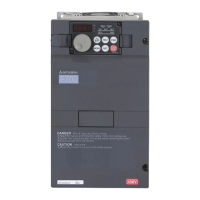
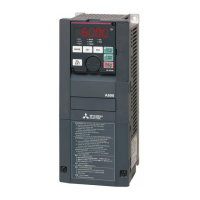
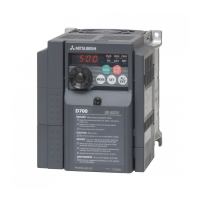
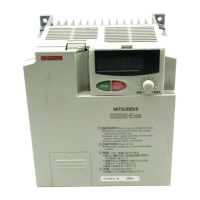
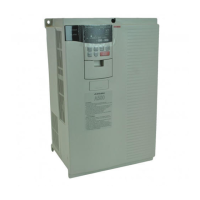
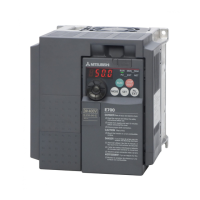
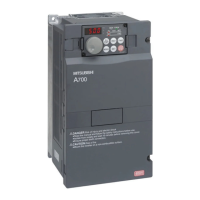
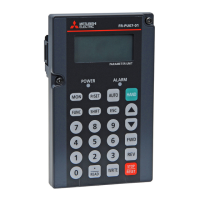
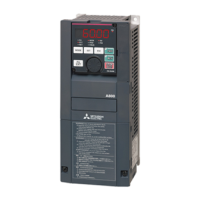
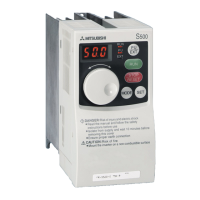
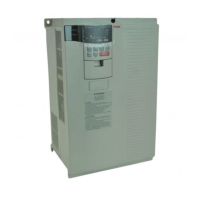
